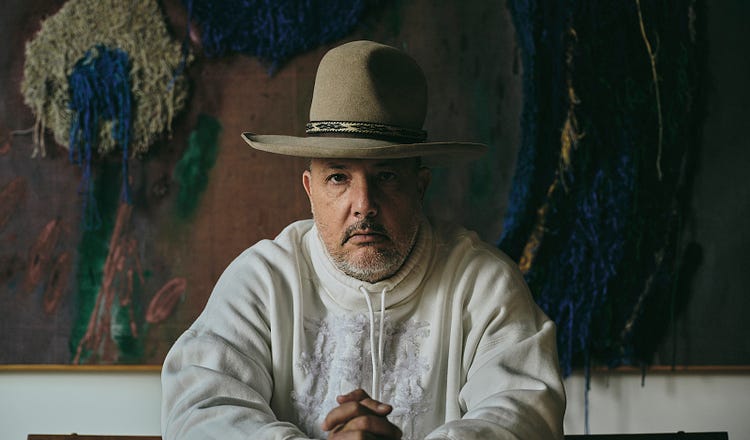The Art World’s Enfant Terrible Runs for Senate

Stefan Simchowitz, 53, a Los Angeles–based politician, art collector, art curator, and art adviser, poses for a portrait in front of artwork by Gene A'Hern at his home in Pasadena. (Philip Cheung for The Free Press)
Stefan Simchowitz is a provocateur. ‘Why am I running as a Republican? Because I’ve seen up close the hypocrisy of the left and it’s unfathomable.’
145
PASADENA, California — Stefan Simchowitz, 53, is no one’s idea of a viable candidate, including his own.
“I have no illusion that I can win or that I stand a chance to win, which is also quite liberating, because I’m not running to win a campaign. I have no prayer,” he tells me.
Simchowitz, who is running for Senate as a Republican in a seat that has be…
Continue Reading The Free Press
To support our journalism, and unlock all of our investigative stories and provocative commentary about the world as it actually is, subscribe below.
$8.33/month
Billed as $100 yearly
$10/month
Billed as $10 monthly
Already have an account?
Sign In

